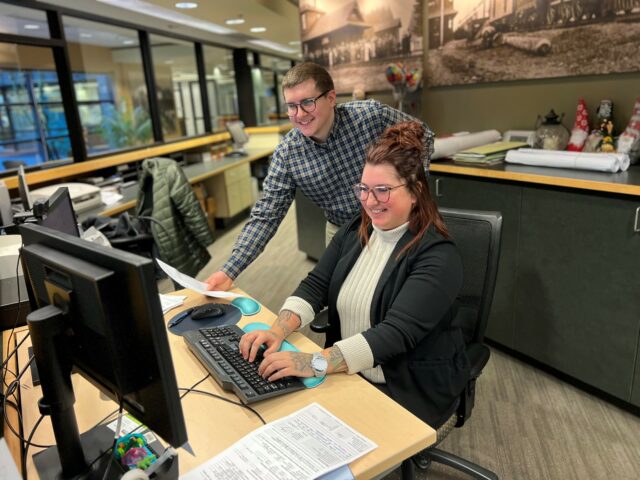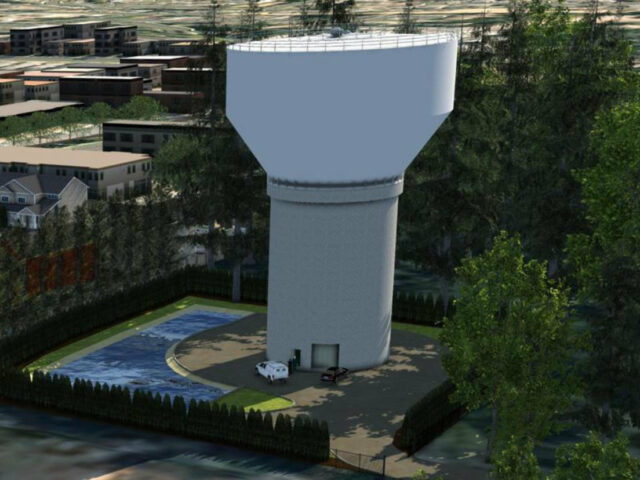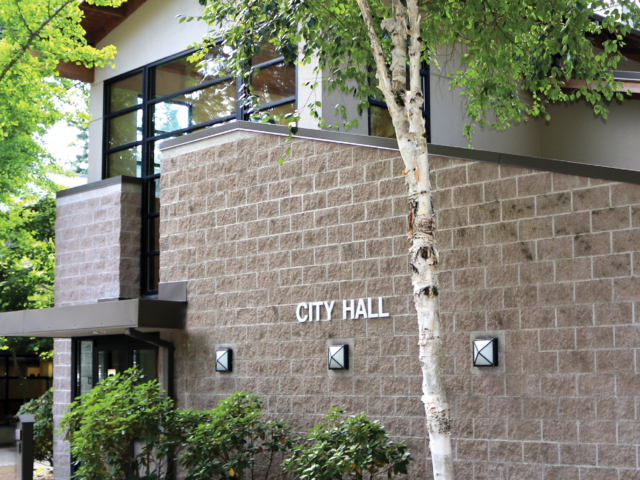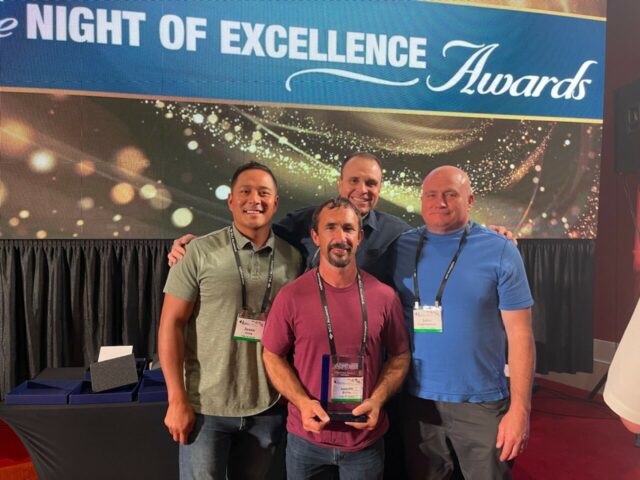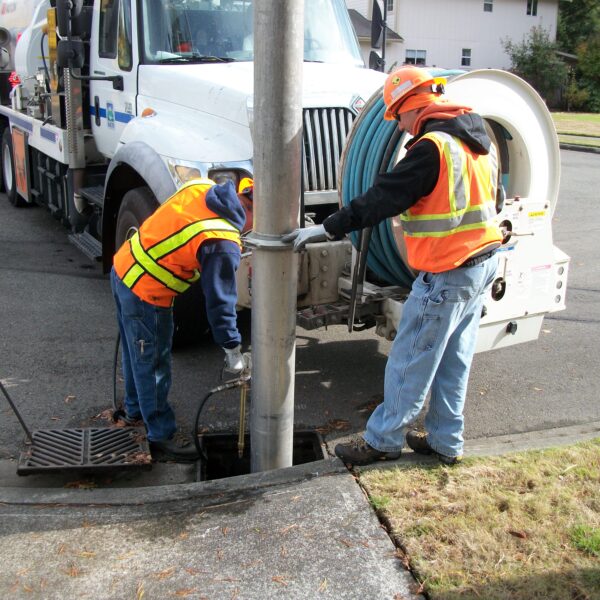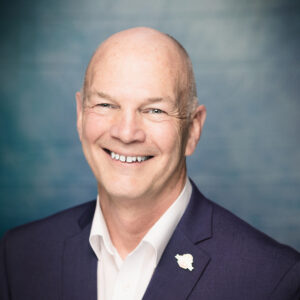Public Works
Welcome to the Lacey Public Works Department. From designing, operating, and maintaining the City’s transportation, water, sewer, stormwater systems, parks, and facilities, to protecting critical water resources. Public Works is committed to providing superior customer service while improving the quality of life for our community.
With nearly 345 miles of roadway lanes; 3,800 streetlights and traffic signals; 525 miles of water, sewer, and stormwater lines; 250 acres of maintained parks and facilities; 125,000 square feet of occupied buildings; a fleet of 240 vehicles; and numerous volunteer programs, Public Works is the largest and most diverse department within Lacey’s municipal organization. We look forward to serving you!
Department Staff
Public Works Director
TEL: 360-491-5600
Public Works Executive Assistant
TEL: 360-486-8705
City Engineer
TEL: 360-438-2639
Engineering Design & Construction Manager
TEL: 360-413-4340
EMAIL: ashley.smith@cityoflacey.org
Engineering Development Review Manager
TEL: 360-438-2683
EMAIL: tom.stiles@cityoflacey.org
Engineering Transportation Manager
TEL: (360) 438-2681
EMAIL: martin.hoppe@cityoflacey.org
Engineering City Surveyor
TEL: 360-438-2643
EMAIL: monty.bryant@cityoflacey.org
Water Resources Manager
TEL: (360) 438-2675
EMAIL: peter.brooks@cityoflacey.org
Water Resources Senior Utility Engineer
TEL: 360-438-2647
EMAIL: teri.oneal@cityoflacey.org
Water Resources Senior Utility Engineer
TEL: 360-438-2686
Operations Manager
TEL: 360-491-5644
EMAIL: scott.devlin@cityoflacey.org
Operations Executive Assistant
TEL: 360-491-5644
EMAIL: kelley.moon@cityoflacey.org
Operations Equipment Rental Supervisor
TEL: 360-491-5644
Operations Parks Maintenance Supervisor
TEL: 360-491-5644
Operations Transportation Maintenance Supervisor
TEL: 360-491-5644
Operations Water Maintenance Supervisor
TEL: 360-491-5644
EMAIL: ed.andrews@cityoflacey.org
Operations Wastewater Maintenance Supervisor
TEL: 360-491-5644
